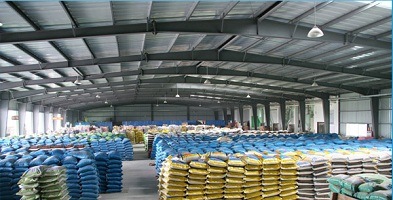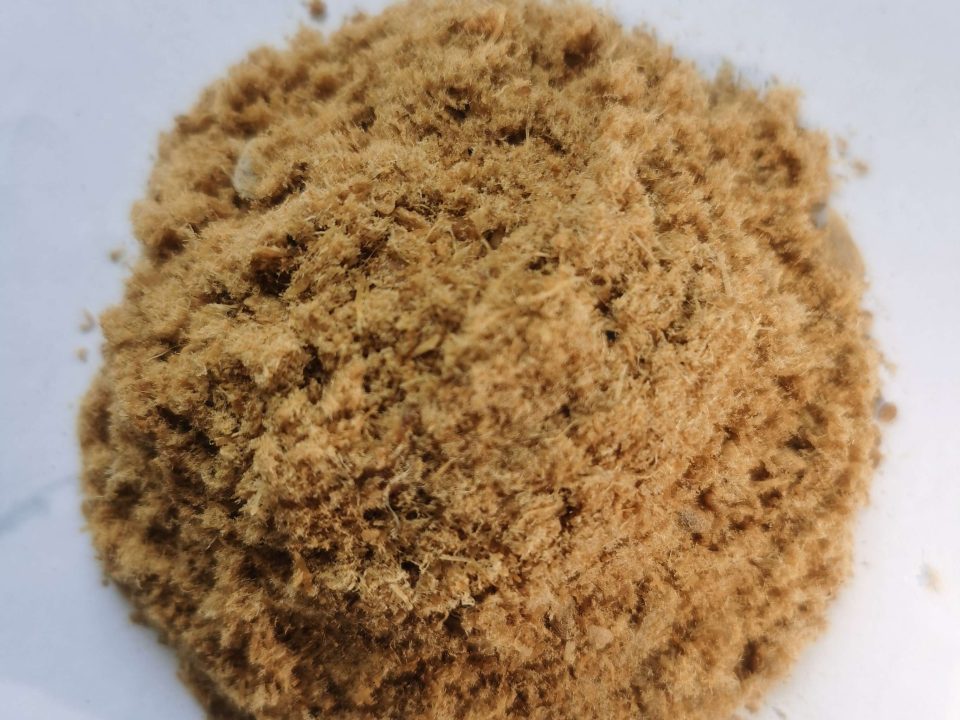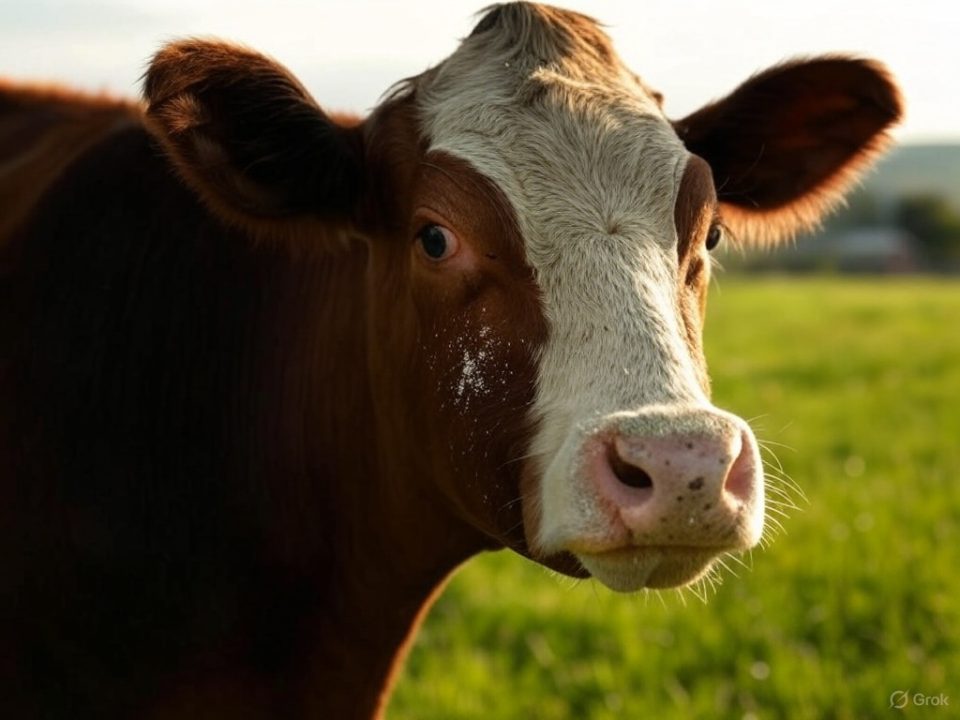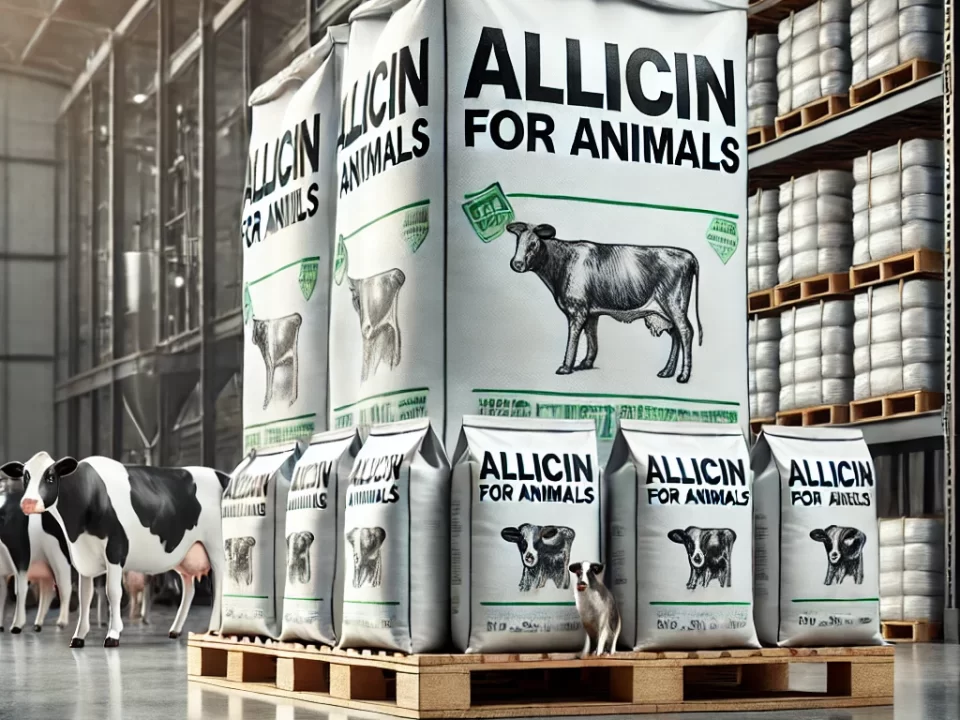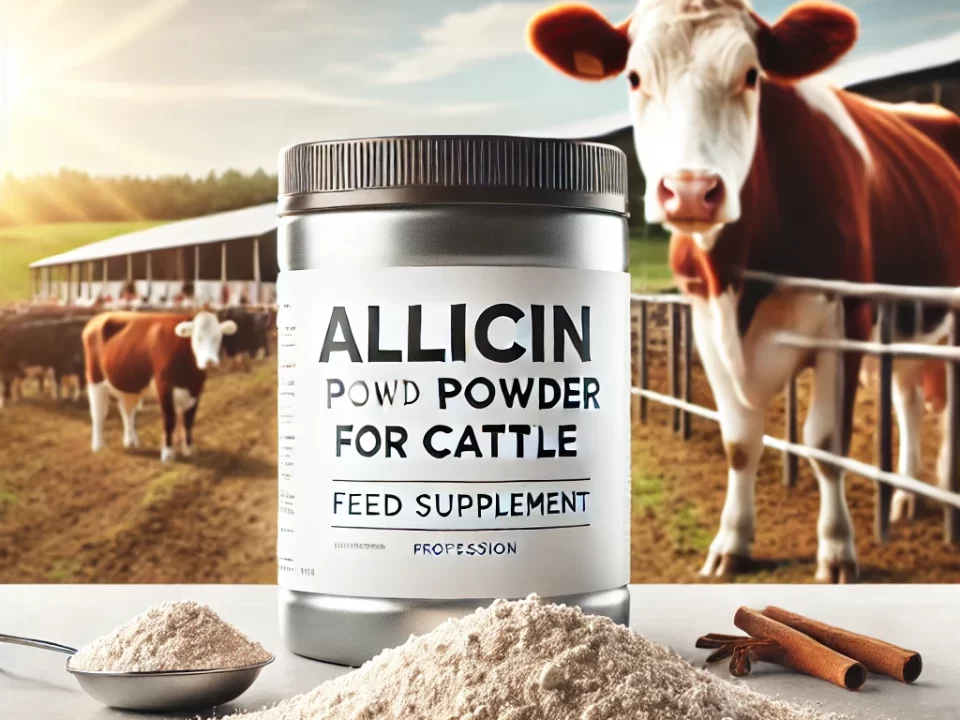Why do we use feed additives in livestock and poultry farming

Choline chloride 50%, vitamin additive for corn cob feed
August 24, 2022
What is the development prospect of the feed additive industry?
September 6, 2022With the continuous occurrence of food quality and safety incidents, more and more people are now beginning to pay more attention to food safety: foreign eggs are not as good as native eggs; Livestock and poultry meat grown up eating feed is no longer like the meat of livestock and poultry that grew up eating grain in the past; A good pork cut open and left for a while, the surface will glow a layer of green… With this attention, feed additives, a term that is relatively unfamiliar to most people, began to enter people’s field of vision
So, why should livestock and poultry breeding use feed additives, and can’t they?
Animal growth and development and human beings, the need for energy, protein, amino acids, mineral trace elements and other nutrients, when the ordinary feed can not meet the needs of animal growth, the small amount or trace of substances in the form of additives added to the feed, to improve the efficiency of feed utilization, increase palatability, promote the normal development of animals, accelerate growth, control animal diseases, facilitate the storage and preservation of feed, improve feed processing performance and other effects.
It can be said that the production and application of feed additives is a sign of the level of feed mixing, without feed additives, it is difficult to prepare feed that meets the needs of animals and nutritional balance.
Feed additives can be divided into nutritional additives and non-nutritional additives. Nutritional additives include minerals, vitamins, amino acids, mainly used to meet the nutritional components needed for the growth and development of livestock and poultry. For example, copper has the effect of promoting growth and development; Selenium and vitamin E have the effect of increasing reproduction rates. Non-nutritional additives include enzyme preparations, Chinese herbal additives, acidifiers and so on. Acidifiers can kill bacteria and anti-inflammatory balance the flora in the body of livestock and poultry to increase feed taste; Chinese herbal medicine additives, not only have a health care effect, but also can improve the flavor and taste of livestock and poultry products, known as green additives in the industry.
With the development of animal nutrition, there are often new feed additive varieties, and some feed additives will be eliminated or banned, so the varieties of feed additives are often in the process of replacing the old and new. At present, the Feed Additives allowed by the Ministry of Agriculture of China are 191 kinds of 13 categories such as amino acids, vitamins, mineral trace elements, enzyme preparations, and feed microorganisms; There are 55 kinds of feed additives in 6 categories that are prohibited.
Although the amount of feed additives used in compound feed is small, it has a large effect, which determines the quality of compound feed. The wide application of feed additives can shorten the feeding cycle, reduce the cost of feeding, give full play to the production capacity of animals, and have significant economic and social benefits.
Animal food safety incidents are mostly caused by illegal or excessive use of feed additives
From a genetic point of view, the color of the eggshell and the size of the egg are determined by the breed of the chicken and do not have much to do with the nutritional content. However, due to the different requirements of different varieties of eggs for synthetic egg whites, native chickens can only produce about 130 eggs a year, and foreign chickens that have eaten feed additives can produce nearly 300 eggs. Pork is the same reason, according to the pig first grow bones, muscles, and then deposit fat growth order, if in accordance with some feed manufacturers advertised “March three” “April fat” out of the bar, the taste is not as good as feeding time, fat content to reach a certain proportion of pork.
Of course, it is precisely because of the unique role of feed additives that the amount of addition must meet a certain proportion and have strict quantitative restrictions, otherwise the residue of feed additives will pollute the environment or have a certain impact on the health of consumers through meat, eggs, milk, etc. For example, excessive amounts of heavy metals copper and zinc will cause imbalance in the balance of trace elements in the soil; Excessive selenium can cause livestock and poultry poisoning. The green color of pork is also due to the fact that pigs eat high-copper feed during the growth period, causing heavy metal copper residues in the body, which become copper oxide after contact with air. At the same time, if too many heavy metal elements are added to the feed, farm manure cannot be called green organic fertilizer.
Feed additives, and human health is closely related to antibiotics, although antibiotics can promote animal growth and prevent bacterial infection, but long-term use of a large number of drugs will lead to drug resistance problems and animal body residue problems, at present many countries in the world have made strict regulations on feed antibiotics, China’s Ministry of Agriculture currently allows antibiotic drug additives used in feed there are 24 kinds, and according to different animal breeds, strictly stipulate the use of different antibiotics of the drug break period. Only after the drug suspension period, livestock and poultry products that have been consumed with antibiotic feed additives can be marketed.
Strengthening market supervision and developing green and efficient feed additives are the key to solving the quality and safety of animal food
Feed accounts for 60%-80% of the cost of breeding, and the price of feed additives is not cheap, but why is it illegal and excessive use of feed additives that are still prohibited? Because in addition to meeting the nutritional needs of animals, feed additives can also improve the utilization rate of animal feed, save food, prevent diseases, and increase the appearance.
So, how to strengthen the supervision of feed additives?
Farmers should establish breeding files for livestock and poultry, and the feed used must be feed with a batch number produced by enterprises with formal production licenses, and at the same time, the agricultural and animal husbandry law enforcement departments in various places have increased the inspection of feed and strive to strengthen the quality and safety of animal food from the source.
However, we are facing the reality that the aquaculture industry is a low-profit, high-risk industry, the market fluctuations are large, and farmers will one-sidedly pursue economic benefits for their own interests. Therefore, to solve the problem of animal food safety, in addition to improving the construction of the quality and safety assurance system as soon as possible, it is also necessary to accelerate the modernization and development of the aquaculture industry, improve the level of agricultural production organization, provide farmers with scientific breeding knowledge, and improve standardized breeding skills; Establish a quality traceability system to achieve the whole process of supervision of the quality and safety of agricultural products, and if there is a problem, it is well documented to ensure that the monitoring of each link of livestock and poultry products is more targeted. On the other hand, scientific researchers should also stand at the height of history and politics, develop green and efficient feed additives and promote scientific breeding models, and ensure the supply of livestock and poultry products under the premise of safety.


